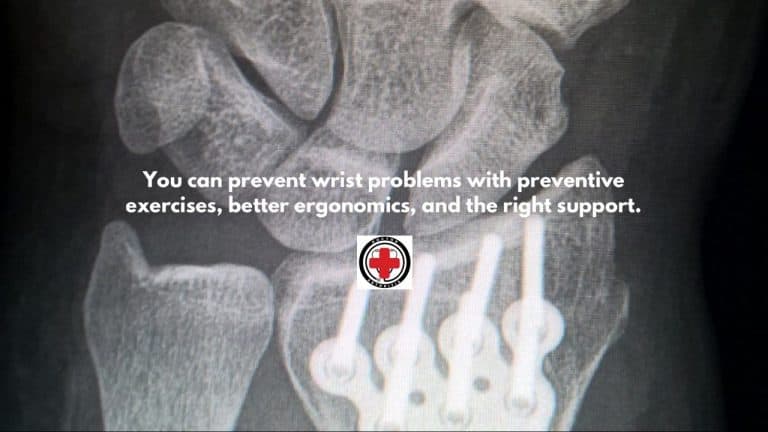With over 1 million orders

HOW TO CHOOSE THE RIGHT WRIST SUPPORT FOR YOUR NEEDS
If you clicked on this post, then you probably know you need some sort of additional wrist support. But there are so many to choose from. You have options ranging from light, airy cotton material, copper infused fabrics, braces with splints, heavier ones with adjustable straps, and so on.
Most can be used interchangeably between numerous hand and wrist ailments; but typically, one of them will prove to be the best option for a specific symptom that you want to address. The question now is: which one do I actually need?
Take a look at our guide to choosing the wrist support—
For Sports—
If you’re looking to add additional support for your wrists while playing a sport, look for one that is light and flexible. A lot of athletes or sports enthusiasts choose a wrist sleeve that offers ample support on the wrist using light, but durable cotton materials.

For additional support, a heavier brace with adjustable straps may help. The important thing is that your wrist remains flexible enough to play but is properly supported through strenuous movement.
Take note however that sleeves and braces are not meant for severe wrist injuries. Major strains, sprains, and broken bones should not be treated using flexible wrist supports and need proper medical attention and ample time to rest and heal.
For injury and recovery—
Heavier braces that are meant to immobilize your wrist joint are usually recommended if you’re recovering from an injury. These sturdier and larger wrist guards are adjustable, which helps accommodate swelling in the affected area.
Look for something that comes with a splint as this helps keep your wrist in a stable position. Carpal tunnel braces usually a good option as they come with a splint to limit your hand and wrist mobility and protect it—especially at night when you tend to bend your wrists in your sleep.

For chronic hand and wrist conditions—
Choosing the right wrist support for chronic conditions will largely depend on the condition that you’re using it for.
The light control provided by wrist sleeves are typically enough for those who suffer from mild symptoms of arthritis, carpal tunnel, tendonitis, tendinopathy, or wrist pain.

Moderate support provided by wrist supports made with flexible, stretchy material but with featured adjustable straps are a go-to option for those who suffer from the persistent and chronic symptoms of the conditions mentioned above.
Firm control is required when you want to manage more serious conditions that need your hand to remain immobile to relieve pain symptoms or swelling. For example, carpal tunnel wrist braces equipped with adjustable straps and a splint are best for those with carpal tunnel syndrome. We recommend wearing them through the night so you get proper protection for your wrist as you sleep.
Another option would a thumb splint, which is a brace specifically meant to limit the movement of your thumb and reduce symptoms for basal thumb arthritis, manage thumb ligament issues, trigger thumb, repetitive strain injury (RSI), or De Quervain’s tenosynovitis.

One last thing…
While wrist sleeves, supports, splints, and braces have proven to be effective in treating and managing common wrist injuries and specific conditions, it’s always best to seek expert medical help to find your best course of treatment.
If you have any questions or would like to ask us about our products, do leave us a message in the comment section below and we’ll get back to you as soon as we can .
